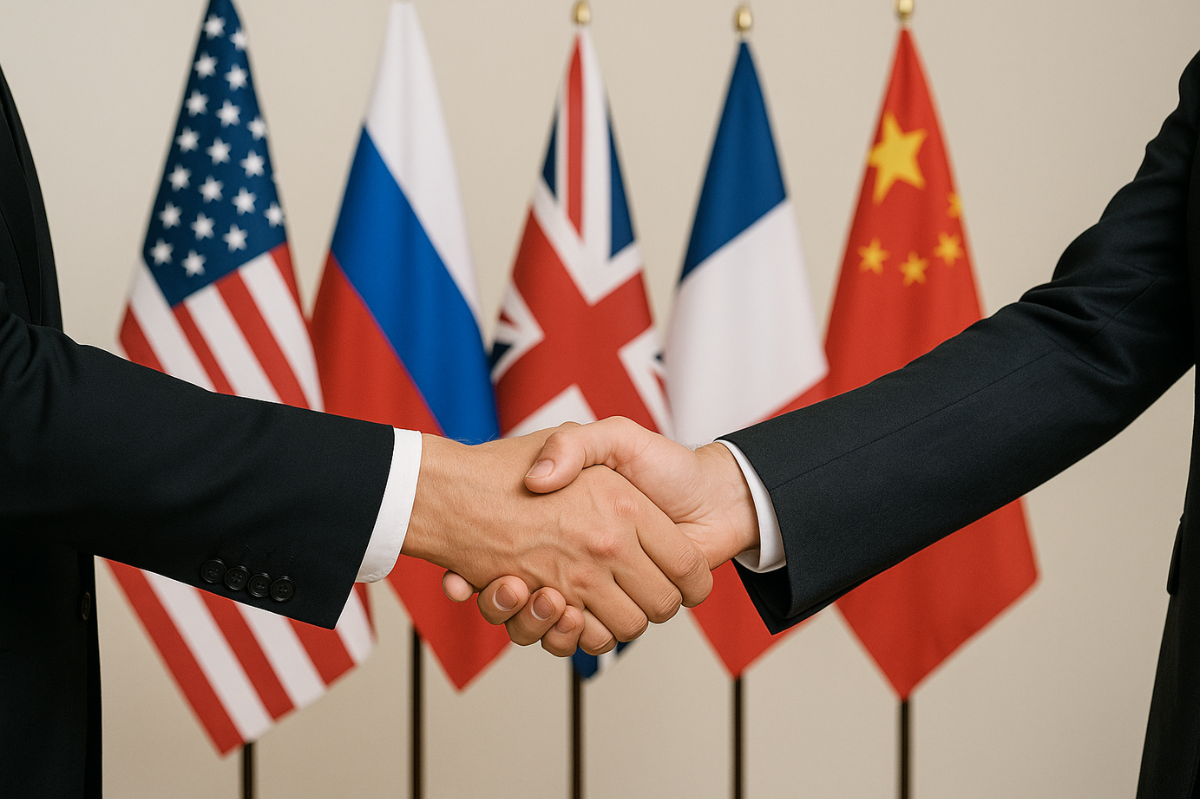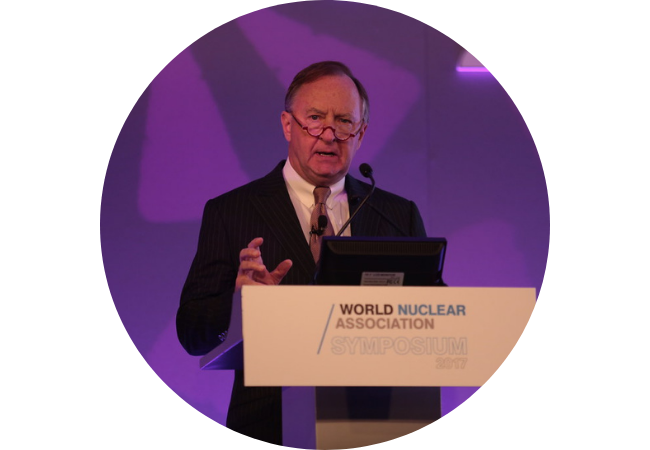Non-Proliferation
- Global Security
- Prevents Terrorism
It limits the chance of nuclear materials falling into terrorist hands.
- Promotes Diplomacy
- Protects Future Generations

Non-proliferation is crucial for global security, as it helps prevent the spread of nuclear weapons and fosters international stability by reducing the risk of conflict and promoting peaceful cooperation among nations.

In 1993 the governments of the United States and Russia agreed that Russia would down-blend 500 metric tons of weapons grade HEU and sell the resulting LEU to US utilities. The original agreement called for the US government to purchase all the LEU and then resell it to US utilities. With the creation of USEC in 1993, however, the US changed the terms of the agreement and told Russia that USEC would purchase only the enrichment component of the LEU and that Russia would have to find a different buyer for the feed component.
After several false starts, Cameco Corporation, where Fletcher Newton was employed as President of their US uranium mining operations in Wyoming and Nebraska, formed a partnership with Cogema (predecessor to Orano) and the German trading company NUKEM. Fletcher Newton was part of the team that subsequently negotiated the contract to purchase the feed component from Russia and did all the translation, both from Russian to English and English to Russian, during the numerous meetings between Minatom (predecessor to Rosatom), the US government, and representatives of the three western companies.
The feed contract was finally signed in 2000 and subsequently amended because of changing market conditions and Russia’s need to retain a large portion of the feed component which was needed for further down-blending of HEU.
The Megatons-to-Megawatts Agreement, as it was eventually named, generated billions of dollars for Russia, as well as enormous profits for the newly privatized USEC and the three western companies. At one point, the agreement provided 50% of all enrichment demand of US utilities. It resulted in Russia eliminating a quantity of HEU that was equivalent to what would be used for 20,000 nuclear warheads, and so was the largest and most significant non-proliferation initiative since the beginning of the Cold War between the US and the USSR.

Fletcher played a key role in negotiating a contract for the purchase of UF6 feed component of down-blended LEU as part of the "Megatons-to-Megawatts" Agreement, and he was responsible for translating during critical meetings with Russian officials, the US government, and corporate representatives. His efforts were instrumental in ensuring the success of the partnership between Cameco, Cogema, and NUKEM. This agreement, which lasted 20 years, led to the down-blending of the equivalent of 20,000 warheads' worth of HEU, marking it as one of the most significant non-proliferation efforts since the Cold War.
Inquiries
"*" indicates required fields